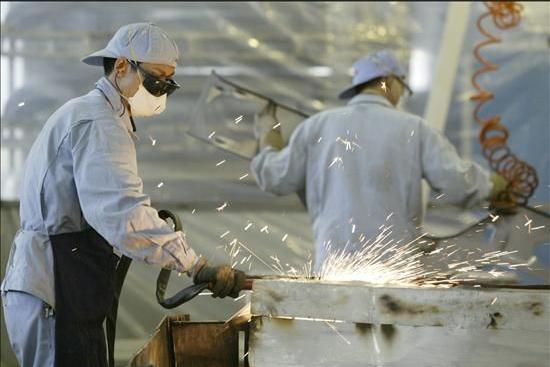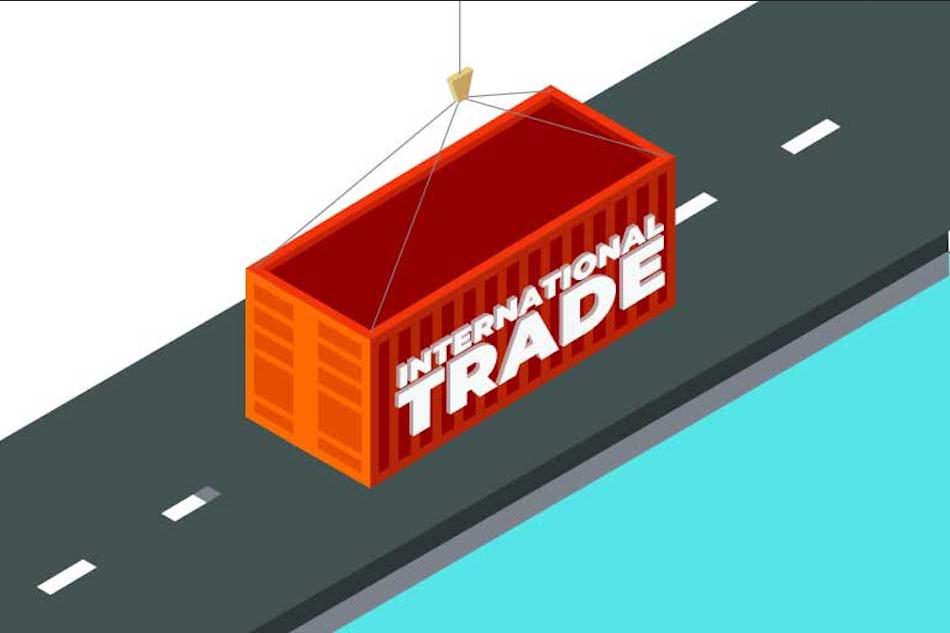A business conglomerate is a corporation made up of several different, seemingly unrelated businesses. In a conglomerate, one company owns a controlling interest in several smaller companies that conduct separate businesses. The conglomerate’s first big boom occurred in the 1960s, and things escalated from there.
Larger conglomerates diversify business risk by participating in several different markets, although some conglomerates, such as those in mining, choose to participate in a single industry.
Understanding clusters
Conglomerates are large companies that are made up of independent entities that operate in multiple industries. Many conglomerates are multinationals and multi-sector corporations.
All subsidiary businesses of a business conglomerate operate independently of the other business divisions, but the management of the subsidiaries reports to the senior management of the parent company.
Being involved in many different businesses helps a conglomerate’s parent company reduce the risks of being in a single market. Doing so also helps parents reduce costs and use fewer resources. But there are times when a company grows too much and loses efficiency. To deal with this, the business conglomerate can divest.
There are many different types of conglomerates in the world today, from manufacturing to media to food. A manufacturer can start by making and selling its own products. He may decide to expand into the electronics market and then move into another industry such as financial services. A media conglomerate may start by owning several newspapers, then buy television and radio stations and book publishing companies. A food conglomerate may start by selling potato chips. The company may decide to diversify, buy a soda company, and then expand further by buying other companies that make different food products.
Ideas Clave
A conglomerate is a corporation made up of different independent companies.
In a business conglomerate, one company owns a controlling interest in smaller companies that conduct separate businesses.
The parent company can reduce the risks of being in a single market by becoming a conglomerate.
Sometimes conglomerates can become too large to be efficient, at which point they have to divest some of their businesses.
Well-known conglomerates
Warren Buffett ‘s Berkshire Hathaway , a conglomerate that has successfully run companies involved in everything from airplane manufacturing to real estate, is widely respected and one of the best-known companies in the world. Berkshire Hathaway has a majority stake in more than 50 companies and minority stakes in companies ranging from Wal-Mart to automakers. However, the company has an office with a small number of people.
Buffet’s approach is to manage capital allocation and allow companies almost complete discretion when it comes to managing the operations of their own business.
Another example is General Electric. Originally founded by Thomas Edison, the company has grown into its own business working in energy, real estate, finance and healthcare, and previously held a majority stake in NBC. The company is made up of specific arms that operate independently but are interconnected. This makes research and development (R&D) on specific technologies applicable to a broader range of products.
Benefits of the Business Conglomerate
For a conglomerate’s management team, having a wide range of companies in different industries can be a boon to their bottom line. Underperforming companies or industries can be compensated by other sectors. By engaging in a number of unrelated businesses, the parent corporation can reduce costs by using fewer resources and by diversifying business interests, the risks inherent in operating in a single market are mitigated.
Additionally, companies owned by conglomerates have access to internal capital markets, allowing for greater ability to grow as a company. A conglomerate can allocate capital to one of its companies if external capital markets do not offer the kind terms the company wants.
Disadvantages of the Business Conglomerate
The size of conglomerates actually hurts the value of their shares, this is a phenomenon called conglomerate discounting . The sum of the value of the companies held by a conglomerate tends to be greater than the value of the conglomerate’s shares by anywhere between 13% to 15%. The combination of a handful of different issues related to financial transparency and governance causes the conglomerate’s shares to be valued at a discount.
History has shown that business conglomerates can become so diversified and complicated that they are too difficult to manage efficiently. Since the height of their popularity in the period from the 1960s to the 1980s, many conglomerates have reduced the number of companies under their management to a few subsidiaries through divestiture and spin-offs.
Layers of management add to the overhead of your business, and depending on how broad a business conglomerate’s interests are, management attention may be reduced.
The financial health of a business conglomerate is difficult for investors, analysts and regulators to discern because the numbers are usually announced in a group, making it difficult to discern the performance of any individual company in the hands of a conglomerate.
Conglomerates in the 1960s
Conglomerates were popular in the 1960s and were initially overvalued by the market. Low interest rates at the time made leveraged buyouts easier for managers of large companies to justify because money was relatively cheap. As long as the company’s profits were more than the interest that had to be paid on the loans, the conglomerate could guarantee a return on investment (ROI).
Banks and capital markets were willing to lend money to companies for these purchases because they were generally considered safe investments. All this optimism kept stock prices high and allowed companies to guarantee loans. The shine faded on large conglomerates as interest rates adjusted in response to ever-rising inflation that ended up peaking in 1980.
It became clear that companies were not necessarily improving performance after they were purchased, disproving the popular idea that companies would be more efficient after the purchase. In response to falling profits, most conglomerates began divesting from the companies they bought. Few companies continued as anything more than a shell company.
Foreign conglomerates
The conglomerate companies take slightly different forms in different countries.
Important: Many conglomerates in China are state-owned.
Japan’s form of conglomerate is called keiretsu, where companies own small stakes in each other and are centered around a central bank. This business structure is somewhat defensive, protecting companies from rises and falls in the stock market and hostile takeovers. Mitsubishi is a good example of a company that is dedicated to a Keiretsu model.
Korea’s corollary when it comes to conglomerates is called chaebol, a type of family business where the position of president is inherited by family members, who ultimately have more control over the company than shareholders or board members. Well-known Chaebol companies include Samsung, Hyundai and LG.











